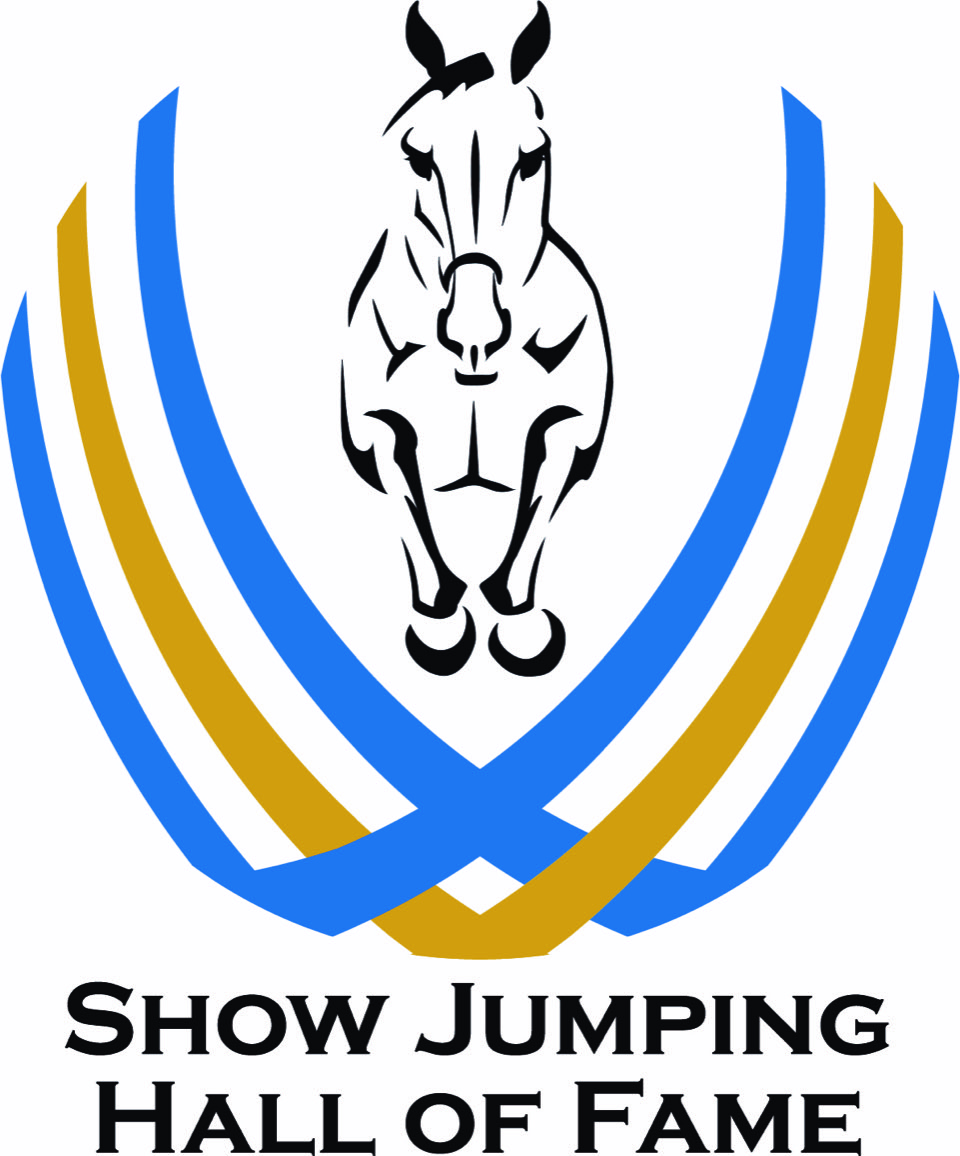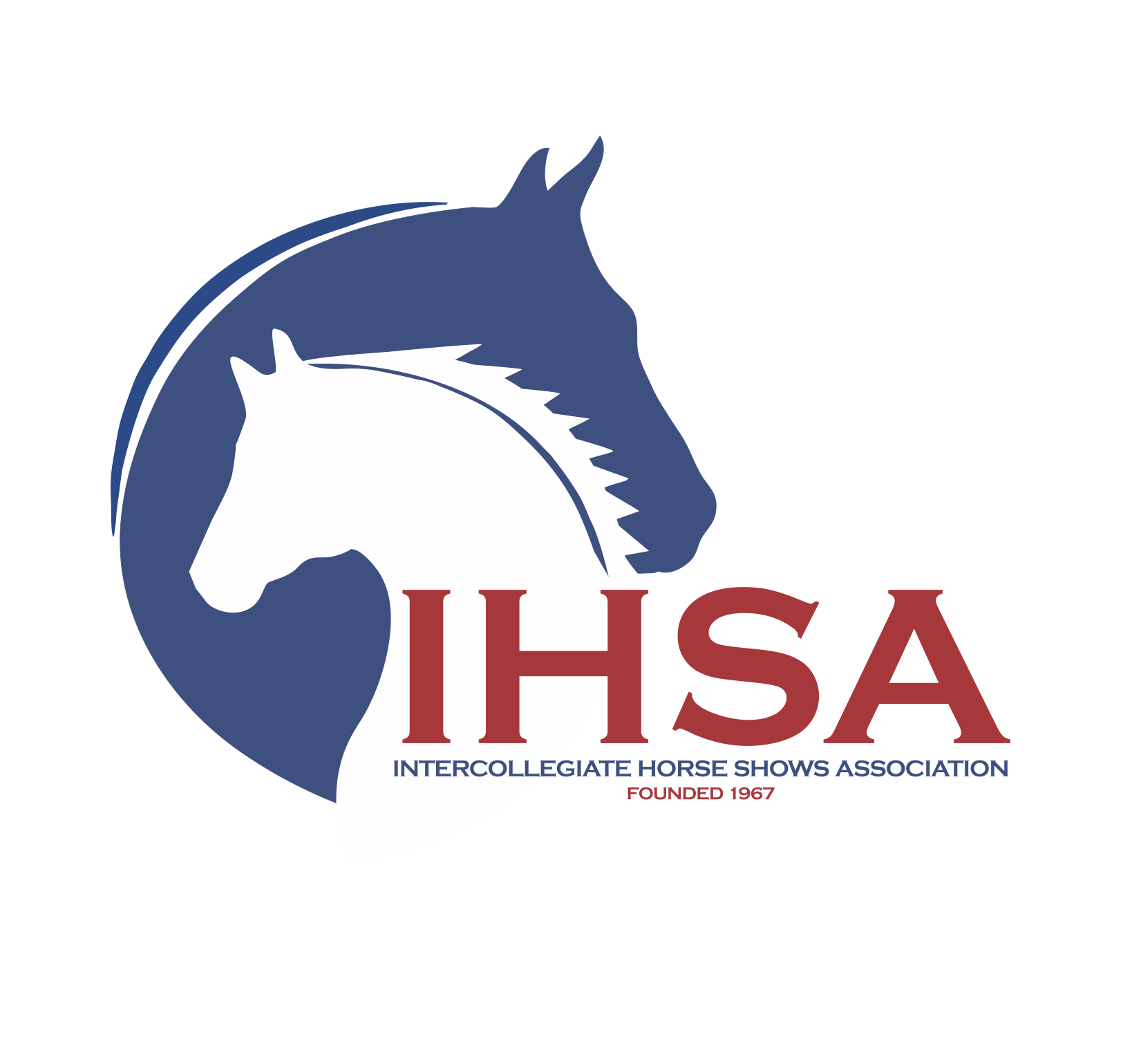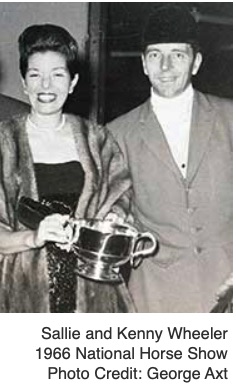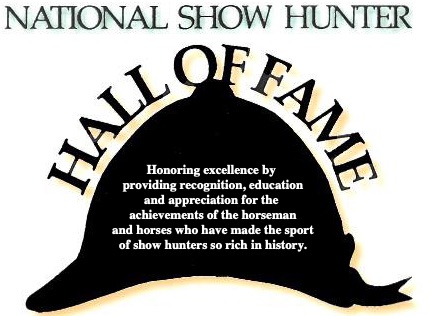
USHJA Wheeler Museum
Preserving the Past
The USHJA Wheeler Museum aims to collect and preserve the history of the hunter/jumper sport. Helping fulfill the USHJA’s education goals, the Wheeler Museum makes that history accessible to those within the hunter/jumper community as well as the general public. The Wheeler Museum showcases artifacts, photos, literature, and videos of the traditions and legends of the sport through physical and digital exhibits. Housed at the USHJA Headquarters on the grounds of the Kentucky Horse Park, the Wheeler Museum opened its first exhibit in 2009.
The Wheeler Museum is supported by individual donors to the USHJA Foundation, especially USHJA Foundation Legacy Circle Founders Kenneth and Selma Garber, the Gochman Family, the Hallman Family and Merrylegs South, the Oberkircher Family, and Roger and Jennifer Smith.
For more information about the Wheeler Museum’s ongoing mission to preserve the hunter/jumper sport or with questions about donating artifacts, email the curator, Denise Quirk, at dquirk@ushja.org.
Honoring the Legends of Our Sport 

The Wheeler Museum houses the permanent collection of the Show Jumping Hall of Fame, displaying photos and artifacts of the men, women, and horses who have made great contributions to the sport of show jumping. The SJHF, established in 1987, aims to encourage broader interest and participation in show jumping, as well as to educate devoted equestrians and novice horse lovers alike by sharing the sport's legends, lore, and landmark achievements.
Wheeler Museum exhibits also feature the stories of history-making figures recognized by the National Show Hunter Hall of Fame. The NSHHF was founded in 1995 to foster the appreciation of the sport by providing information on the horses and riders who have achieved excellence in show hunter competition and educating the equestrian public and competition spectators on the standards of horse and rider grading and judging.

Inductees of the Intercollegiate Horse Shows Association Hall of Fame are honored in Wheeler Museum exhibits as a USHJA Affiliate organization. The mission of the IHSA is to provide equestrian competition for all college and university students regardless of riding level, gender, race, sexual orientation, or financial status. The IHSA is dedicated to promote sportsmanship, horsemanship, and academic excellence.
The Origins of Horse Shows
Competing hunters and jumpers at horse shows evolved from foxhunting and agricultural fairs, as well as from military training. When horses were a primary source of transportation and hunting, they had to learn to jump the fences, walls, and ditches in their path. Military horses were trained to jump all kinds of obstacles to prepare them for battle. Starting in the nineteenth century, local horse owners gathered to challenge each other to see whose horse could jump the highest or the widest or the smoothest, and horse shows became popular. In the twentieth century, military teams began competing against each other at horse shows and at the Olympics, giving rise to modern-day international show jumping.
Jumpers
In show jumping, the goals are simple: have the fastest time over a course of 12-16 high and wide, often brightly colored obstacles without knocking anything down. Scoring is also simple: four faults for each rail down, four faults for each refusal at a jump, and one fault for each second over the maximum time allowed to navigate the course. The horse with the least number of faults and the fastest time wins. Strategy is important: Professional course designers create courses to be jumped in a certain order, and riders have to choose the best path around the course for their horse to jump fast and clear.
Hunters
Hunter classes were originally designed to “simulate obstacles found in the hunt field” to test the qualities and attributes of a successful foxhunting horse. Modern hunter classes generally have 8-10 “natural” looking jumps and are generally lower than fences in jumper classes.
Hunters are judged subjectively on performance and style over fences and quality of movement under saddle on the flat. Show hunters should keep a consistent pace and display quiet manners as they flow smoothly from one jump to the next.
Equitation
Equitation classes are judged on the rider’s ability, form, and skill; the horse is not judged. Held predominantly in the US and Canada, equitation classes feature fences that resemble either hunter or jumper courses, but the judging is subjectively based on the rider’s position, style, smooth use of the aids (hands, seat, and legs), and accuracy in meeting the jumps.
About the Wheelers
The Wheeler Museum is named for the well-known and respected Wheeler Family of Keswick, Virginia. Sallie and Kenny Wheeler built an equestrian dynasty over more than six decades receiving countless accola
Sallie and Kenny Wheeler were both successful riders, particularly with the great mare Isgilde, on whom they won every major championship in the Working Hunters (Kenny) and Amateur Owner Hunters (Sallie) in the 1960s.
Sallie Wheeler is credited with saving the National Horse Show when its very existence was threatened. She was also a successful competitor and owner of Saddlebreds and Hackney ponies.
From their Cismont Manor Farm in Keswick, Virginia, Kenny Wheeler bred, trained, and showed horses who earned more than 115 AHSA/USEF Horse of the Year National Champions and Grand Champions; 9 Grand Championships at the National Horse Show; 16 Championships and 4 Grand Championships at the Pennsylvania National; and 12 Hunter Grand Championships and 34 Best Young Horse titles at Devon.
Sallie Wheeler passed away in 2001; Kenny in 2021. Their children and grandchildren continue the family legacy within the horse world across disciplines.




